In the period known as the Dark Ages (c. 300 - 700 AD), woodlands staged a remarkable comeback across Europe, including the Netherlands.


In the period known as the Dark Ages (c. 300 - 700 AD), woodlands staged a remarkable comeback across Europe, including the Netherlands.
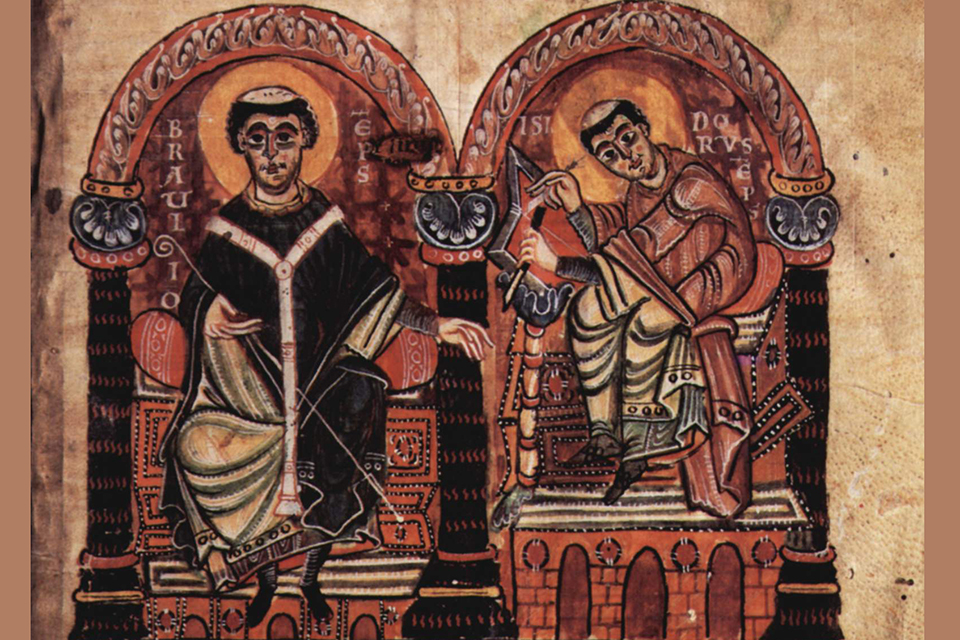
Isidore of Seville was a renowned scholar, theologian, and archbishop who lived in Visigothic Iberia from around AD 560 to 636. He had a profound influence on education and scholarship in Medieval Europe.
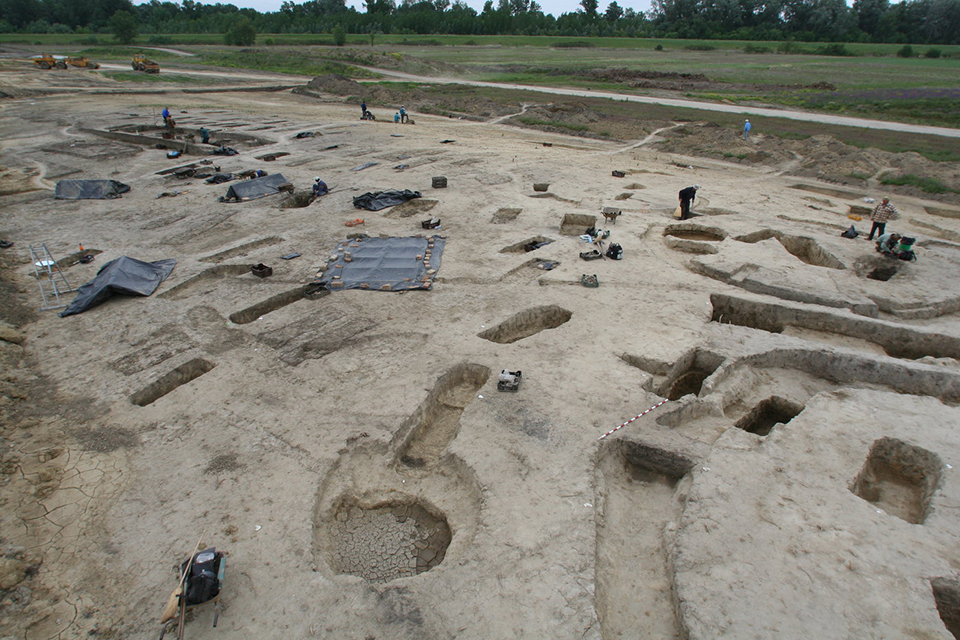
The aDNA studies of the Avars, a Mongolian people who settled in the Carpathians in the 6th century, continue to yield new and fascinating insights into the formation of close-knit ethnic groups.
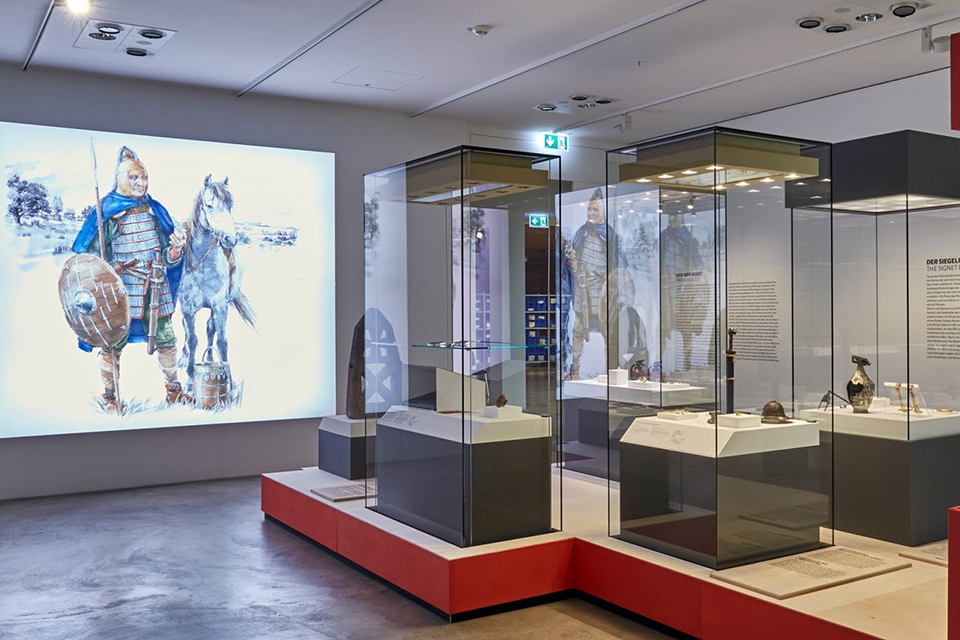
Fifty years ago, archaeologists discovered Bodi’s burial near the river Rhine. This summer, we are invited to explore his life at an exhibition in Bonn.
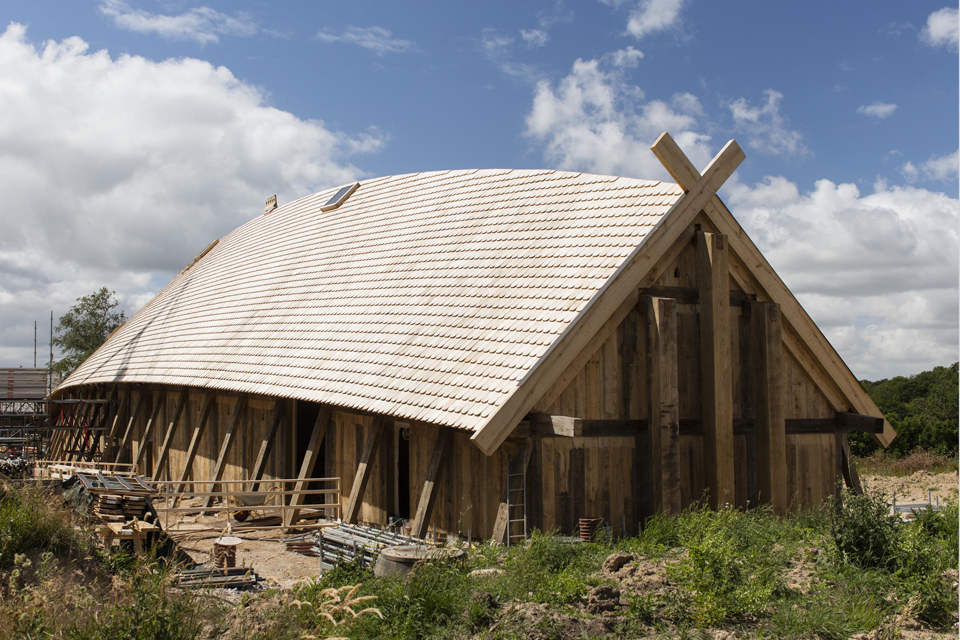
The heroic poem about Beowulf is often considered the most accomplished example of Old English poetic literature. Based on an oral transmission of a Scandinavian epic from the 6th century, it presents a convoluted history
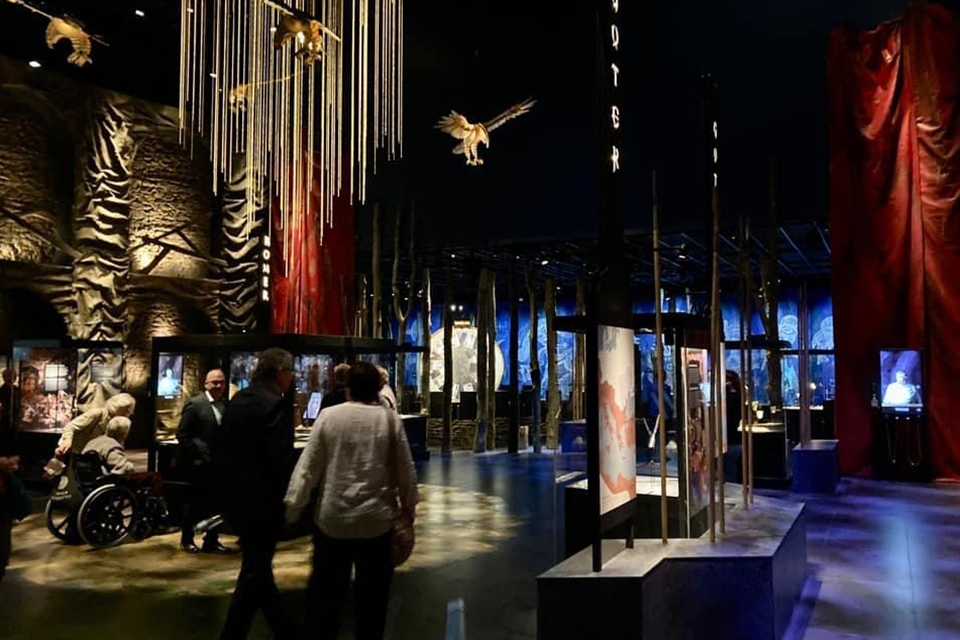
A new special Exhibition - Out of Chaos - at Moesgaard Museum in Århus spotlights the Dark Ages between AD 300-600.
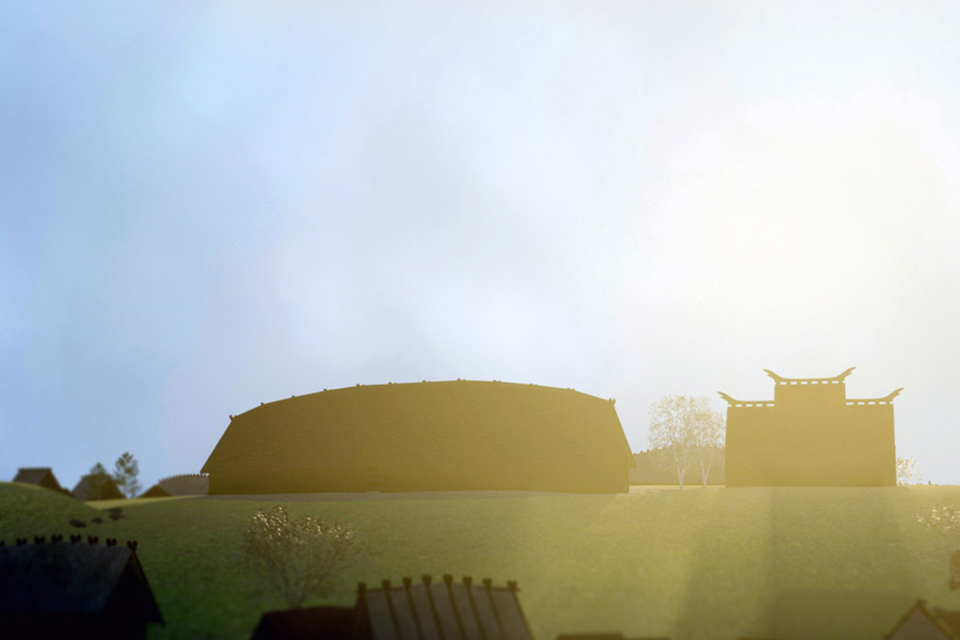
Outside Lund, lies the remains of a unique Iron Age settlement, Uppåkra. Known for it rich archaeological finds, much more remains to be revealed. With the help of new scientific methods, more elusive remains, such as DNA, viruses, and bacteria are expected to come to light for the first time.
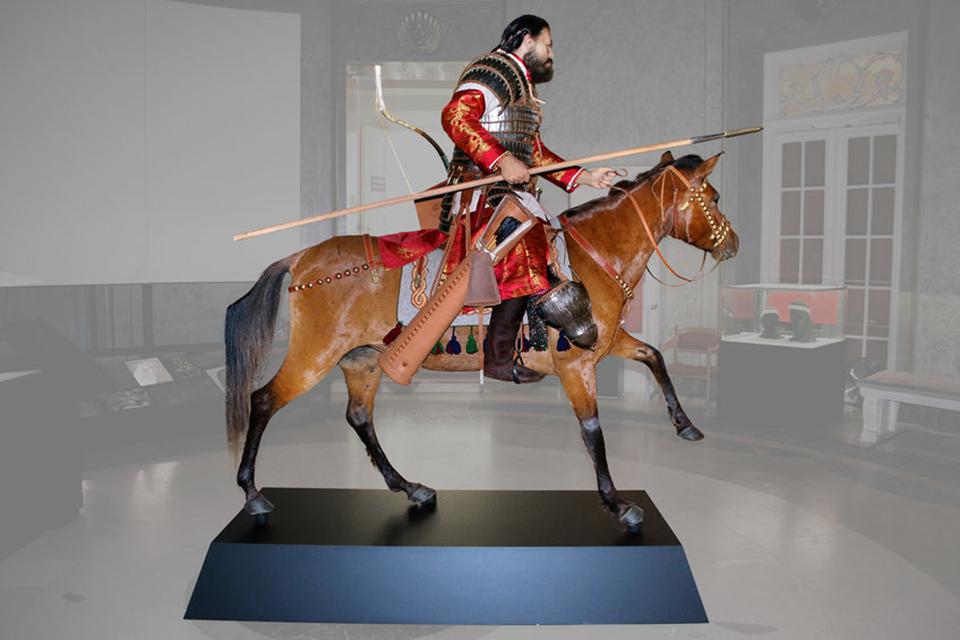
The Avar Khaganate ruled the Carpathian Basin all the way to Caucasus between 557-793. New genetic studies identify them as a people which migrated from Mongoli
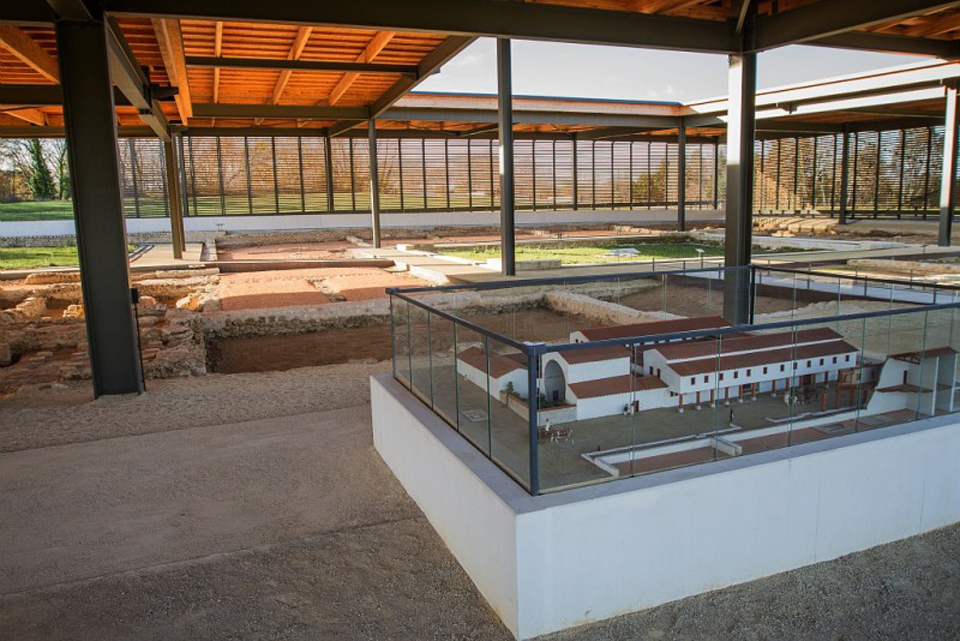
During AD 410–506, the Visigothic Kingdom of Toulouse ruled over Southern Gaul and much of the Iberian Peninsula. The heartland, though, was Aquitaine. What was life in the countryside like?
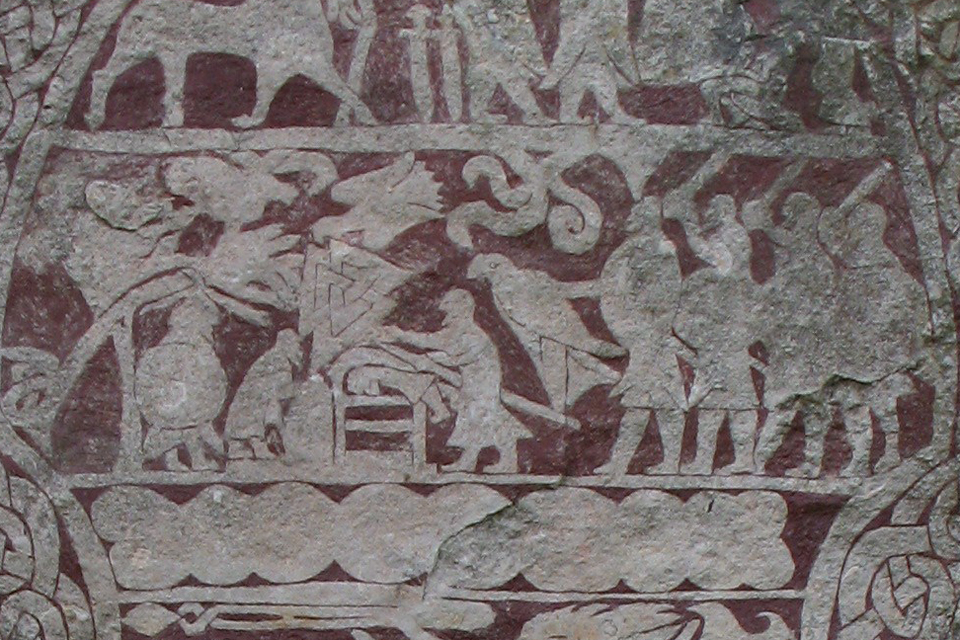
For the last thirty years archaeologists have excavated at Gl. Lejre, discovering an impressive series of seven great halls, succeeding each other for 500 years.

From Late Antiquity to the High Middle Ages, halls were the central focus of elite residences in Northern Europe
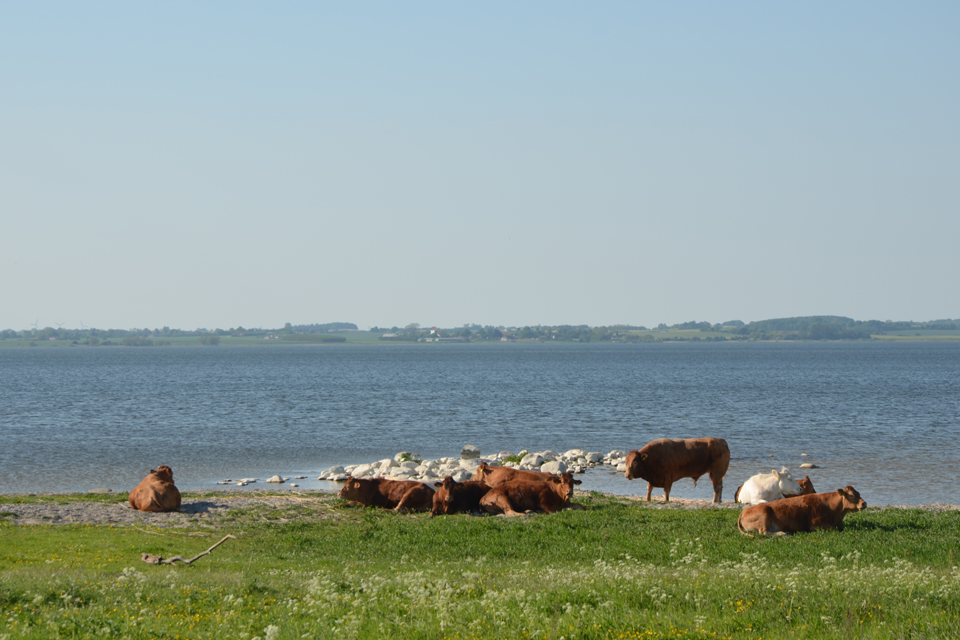
Right on the west bank of Lake Tissø in Western Zealand in Denmark, archaeologists has excavated a significant part of what turned out to be a major Viking manor.
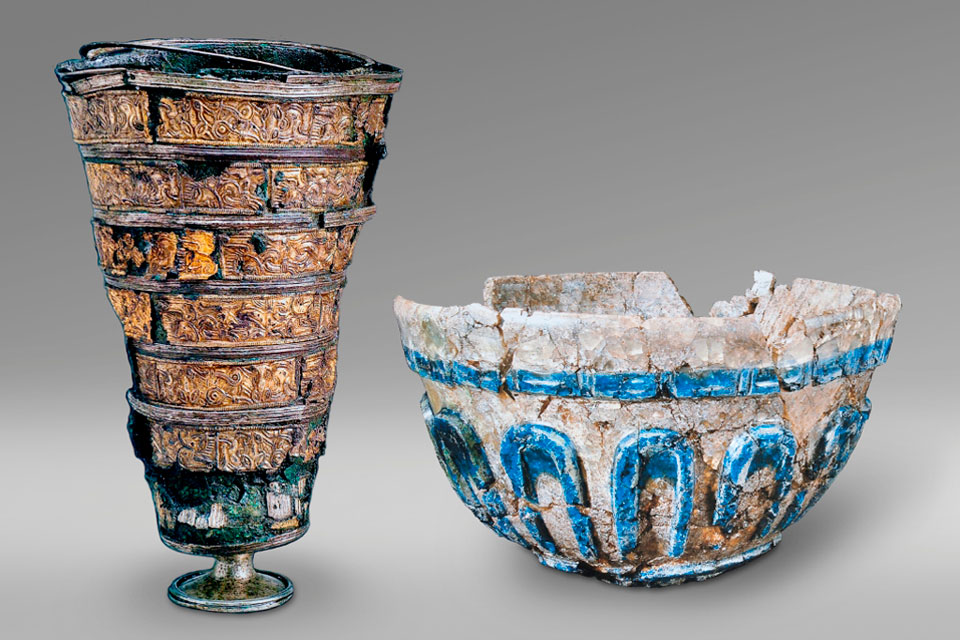
Uppåkra in South-Western Sweden presents a remarkable continuity. For more than a thousand years, the place functioned as a cultic, commercial and elite centre.
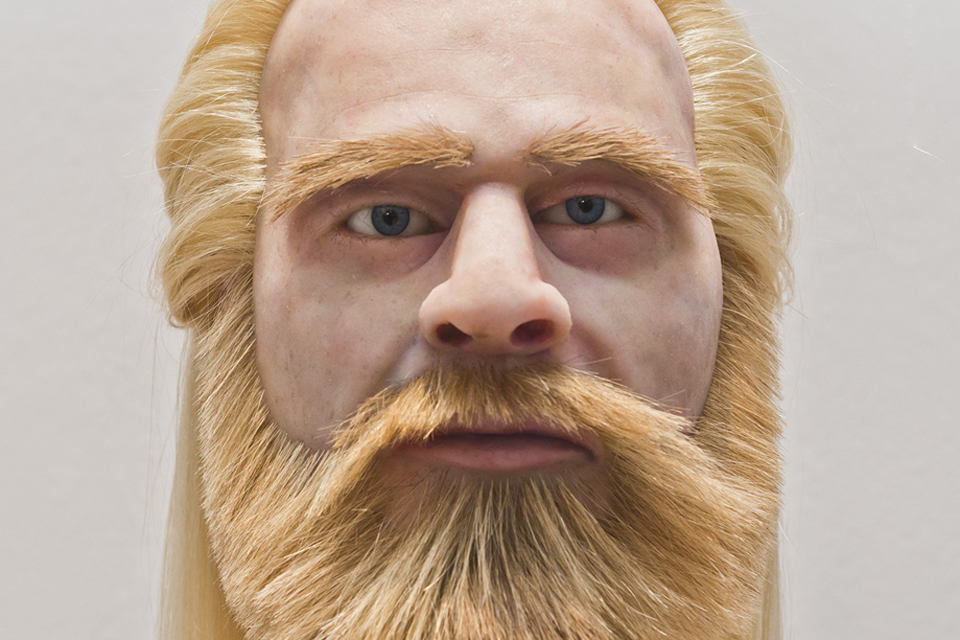
In 2013 archaeologists were engaged in surveying a site near Boilstädt leading to the discovery of two impressive warrior graves from c. AD 600.
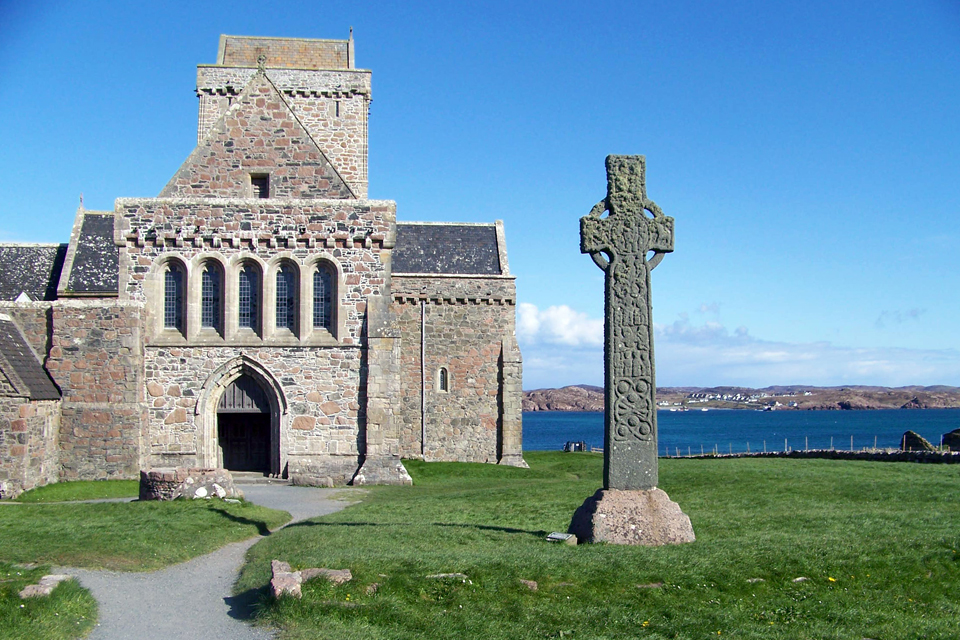
In the 6thcentury, Martin of Tours was recruited to bolster the fame and position of his successors as a prestigious miracle-worker
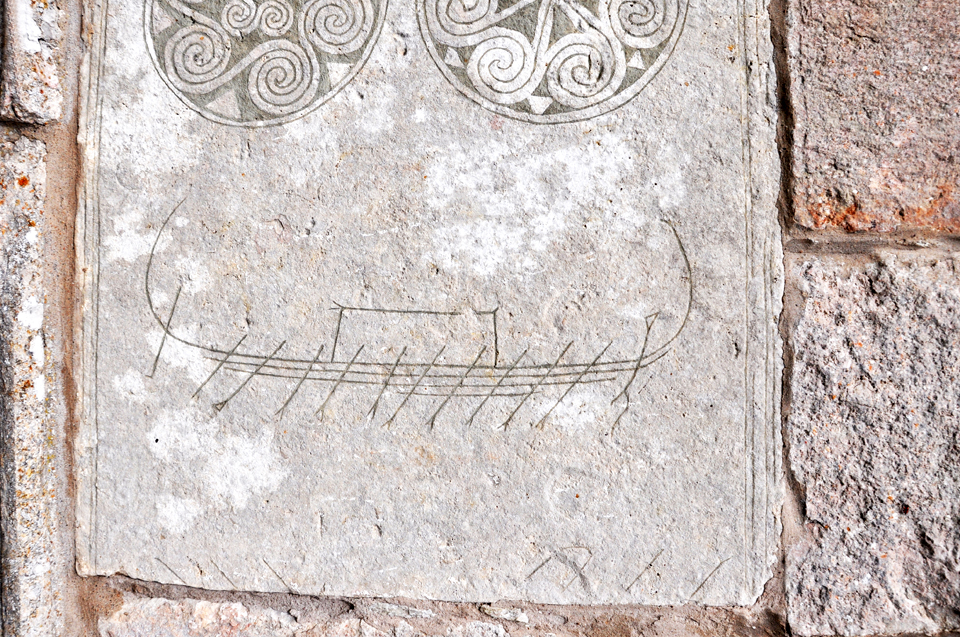
When was Beowulf composed? In the 10th and 11th centuries as the Toronto School decided in a postmodern whiff? Around AD 700 as linguistic studies have proven? Or as an oral epos, around AD 550, and in Gotland as suggested in a new book?